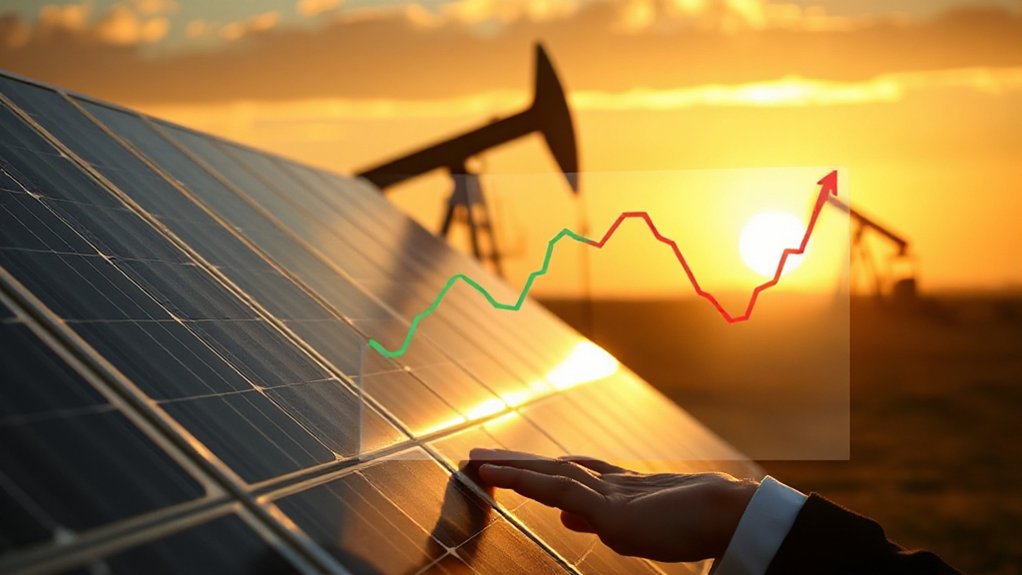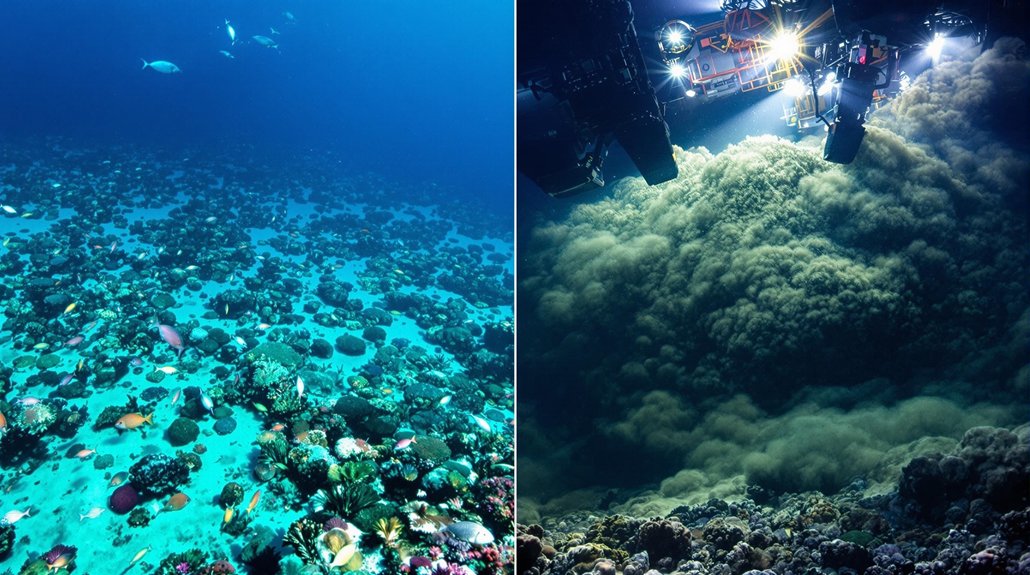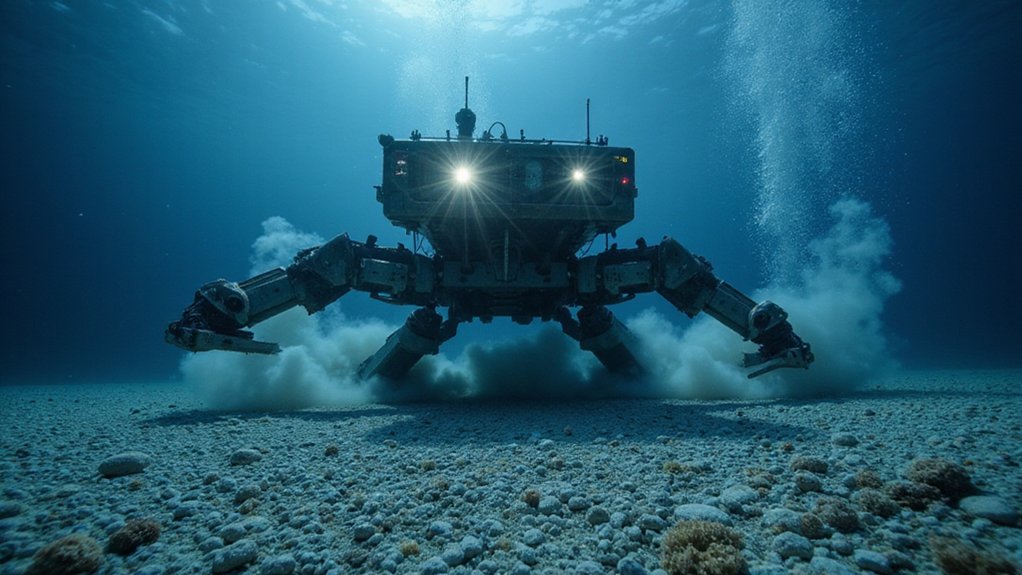As the Arctic’s pristine white blanket rapidly melts away, an entire ecosystem teeters on the brink of collapse. The once-stable foundation of Arctic marine food webs—algae and phytoplankton that thrive on sea ice—is disappearing faster than scientists can document it.
Less ice means more sunlight penetration, which sounds great until you realize it’s completely disrupting phytoplankton communities. No phytoplankton? No zooplankton. No zooplankton? No fish. The math isn’t complicated.
Polar bears are literally swimming themselves to death trying to find ice. Imagine training for a marathon you never signed up for—that’s a polar bear’s life now. Sea ice provides critical habitat for over 96% of polar bear populations.
Ringed seals and walruses aren’t faring much better. They’re crowding onto shrinking ice floes or, worse, cramming onto beaches where stampedes kill the young and vulnerable. It’s like the worst music festival ever, except nobody’s having fun and everyone might die.
The Arctic’s new “open door” policy is welcoming southern species who are barging in uninvited. These newcomers are competing with native species that already have enough problems.
Traditional migration patterns? Thrown out the window. Predator-prey relationships that took millennia to develop? Sorry, under new management.
Coastal communities are getting slammed too. Without ice as a buffer, erosion is eating away shorelines. Indigenous peoples can’t safely access traditional hunting grounds. The sea is literally coming for the land.
Perhaps most ironic—the dark open water absorbs more heat than reflective ice did, creating a vicious feedback loop. This accelerates Arctic warming rates two to three times faster than the rest of the planet. Warmer oceans mean altered currents. Altered currents mean disrupted nutrient flow.
It’s a domino effect with no stop button.
What we’re witnessing is an extinction preview. Ice-dependent species face a grim future in an increasingly ice-free world. The transformation mirrors the alarming saltwater intrusion seen in coastal forests throughout the United States. Reproductive rates are falling. Food sources are vanishing. Ocean acidification is the cherry on top of this melting sundae.
The Arctic is transforming before our eyes. And not in a good way.
References
- https://www.arcticiceproject.org/the-impact-of-melting-arctic-sea-ice-on-wildlife/
- https://oceanvisions.org/arctic-sea-ice/
- https://nsidc.org/learn/parts-cryosphere/sea-ice/why-sea-ice-matters
- https://pmc.ncbi.nlm.nih.gov/articles/PMC5008214/
- https://oceantoday.noaa.gov/fullmoon-shrinkingice/welcome.html
- https://polarbearsinternational.org/news-media/articles/arctic-sea-ice-key-facts/
- https://www.worldwildlife.org/resources/explainers/six-ways-loss-of-arctic-ice-impacts-everyone/
- http://toolkit.climate.gov/arctic-oceans-sea-ice-and-coasts






